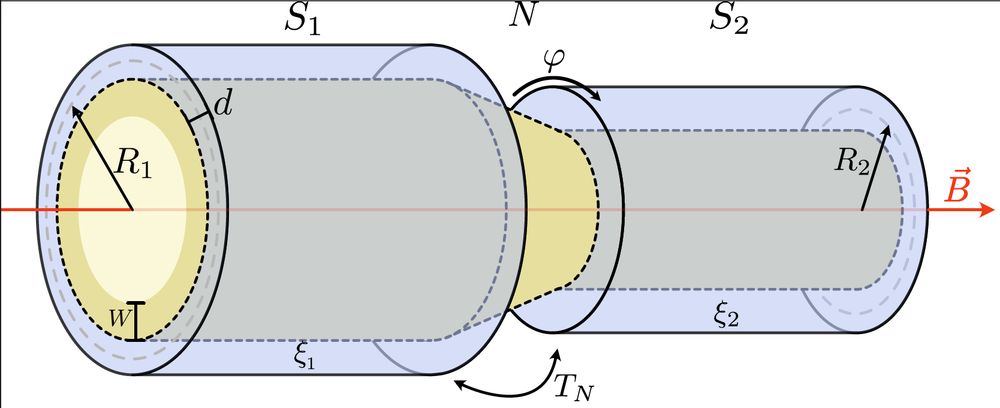Theory of Condensed Matter Physis.
Mc 7,31-37.





turns clearly non-reciprocal. This is a manifestation of directional dissipation mediated by spin, or, equivalently, the non-Hermitian skin effect (NHSE). 2/9
turns clearly non-reciprocal. This is a manifestation of directional dissipation mediated by spin, or, equivalently, the non-Hermitian skin effect (NHSE). 2/9
- On symmetric Josephson junctions: arxiv.org/abs/2503.09756
- On full-shell wires theory: journals.aps.org/prb/abstract...
- An experiment demonstrating our theory on non-topological subgap states:

- On symmetric Josephson junctions: arxiv.org/abs/2503.09756
- On full-shell wires theory: journals.aps.org/prb/abstract...
- An experiment demonstrating our theory on non-topological subgap states:




